33 Cups of Coffee
$5.00
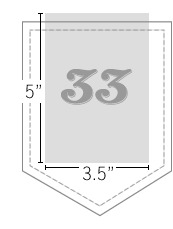 Pocket-Sized, Yet Powerful
Pocket-Sized, Yet Powerful
33 Coffees is a coffee journal that provides an easy way to quickly record coffee tasting notes in a small, convenient notebook format.
33 Coffees is perfect for coffee aficionados, geeks, nerds, layabouts and other fans of the roaster's art. It makes an excellent companion gift to my coffee origins map.
Designed for Speed
This coffee journal is designed for ease of use. It’s tough to hold a notepad in one hand, a pencil in the other, and have another hand left for your cup. Taking notes with 33 Coffees is as simple as checking a few boxes and entering a few basic facts.
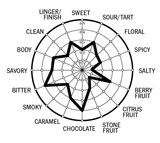 The flavor wheel in 33 Coffees can be used to quickly recall a coffee’s unique flavor long after consumption. For low values of the flavor, fill in dots near the wheel’s center. A shade-grown, organic Guatemalan is used in the example shown at right.
The flavor wheel in 33 Coffees can be used to quickly recall a coffee’s unique flavor long after consumption. For low values of the flavor, fill in dots near the wheel’s center. A shade-grown, organic Guatemalan is used in the example shown at right.
Secret Ingredient
A teeny, tiny amount of real coffee is added to the ink in each new edition, which is cryptically noted on the back.
Eco-Friendly
33 Coffees is made with 100% recycled papers sourced in the Pacific Northwest. Interior pages are 100% post-consumer recycled content and covers are 85% post-consumer recycled content and 15% recycled content. The booklets are printed using US-grown soy-based inks in sunny Portland, Oregon.


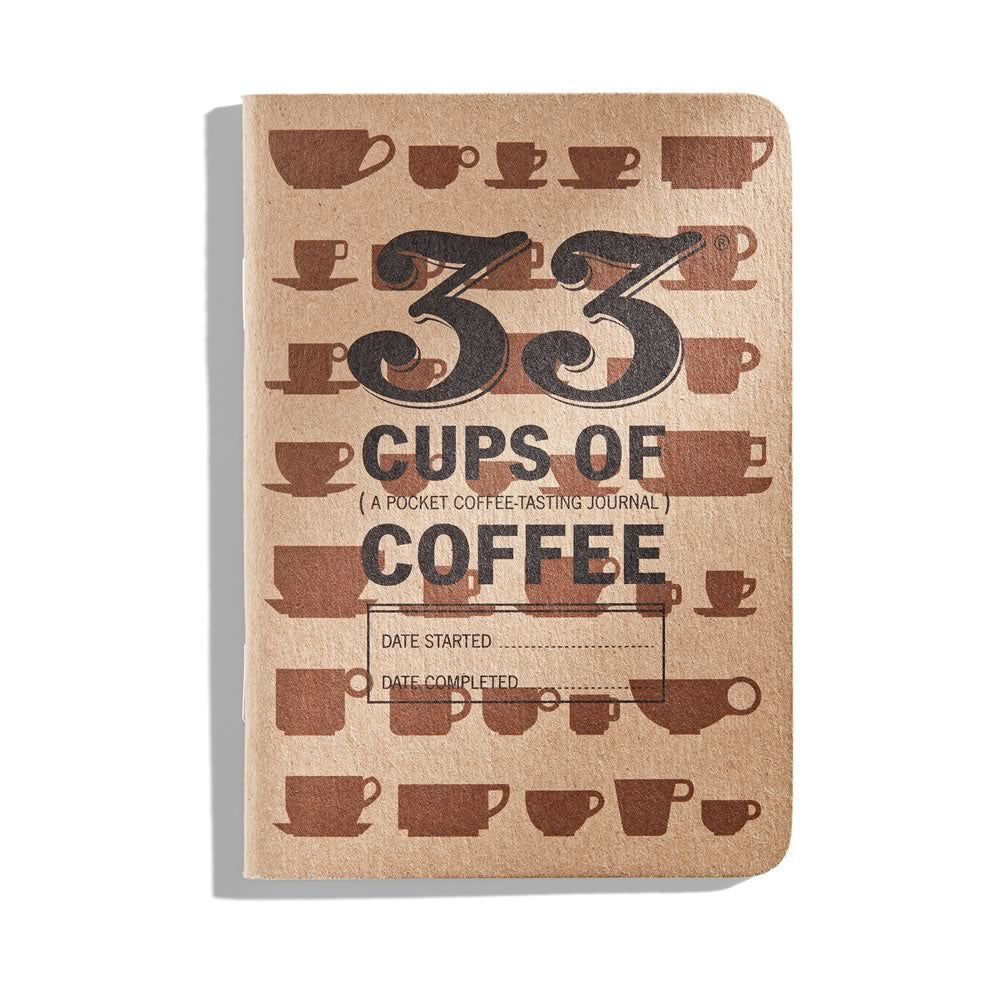
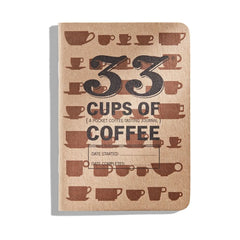
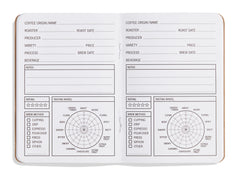
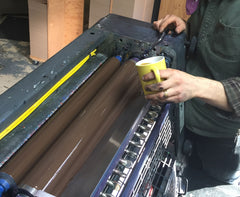
 Pocket-Sized, Yet Powerful
Pocket-Sized, Yet Powerful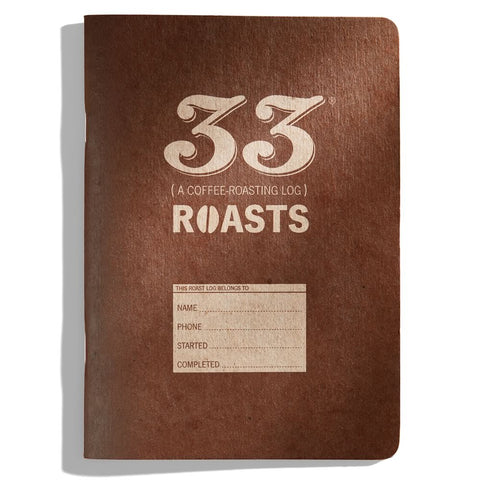
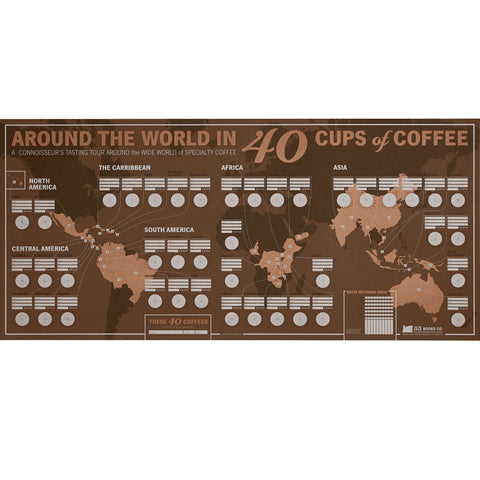
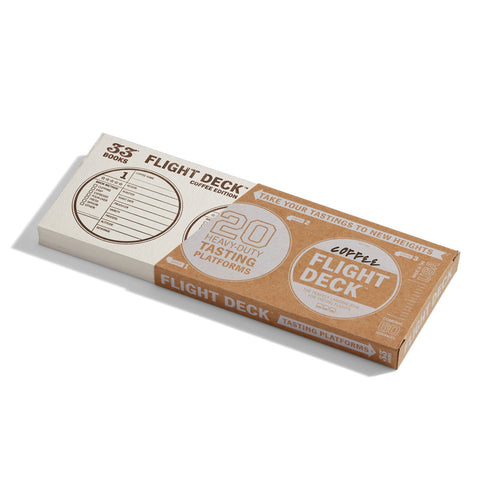
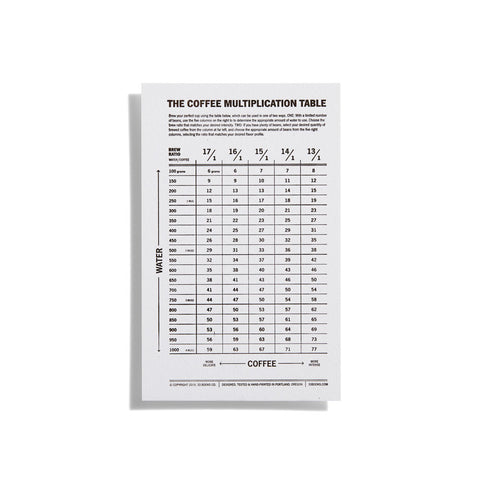
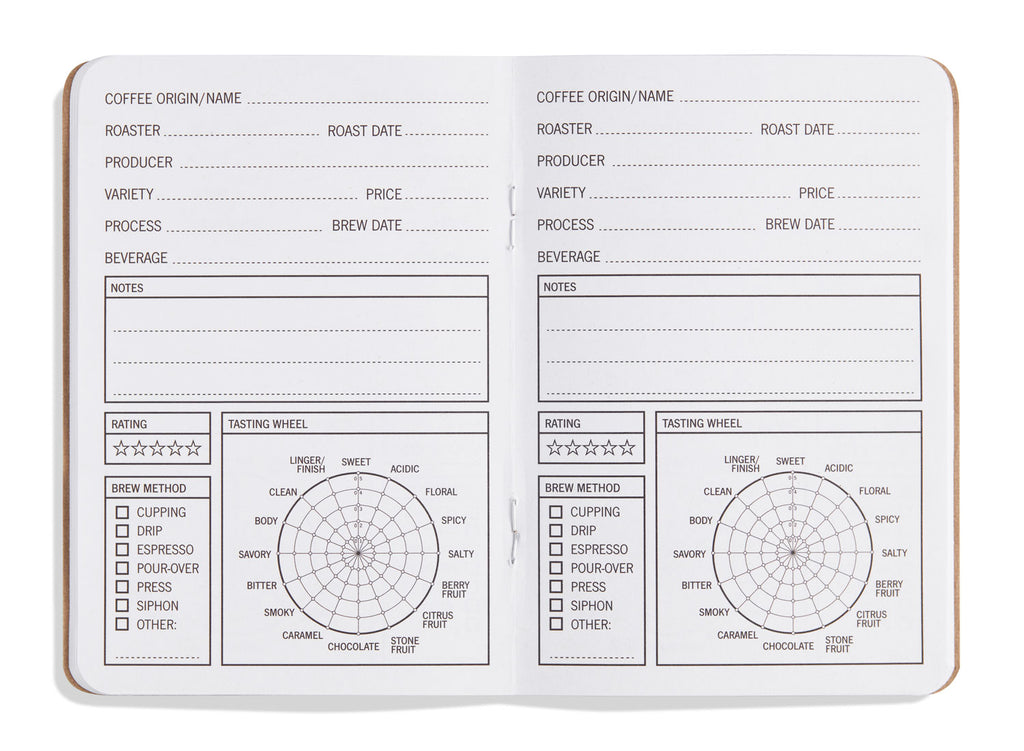
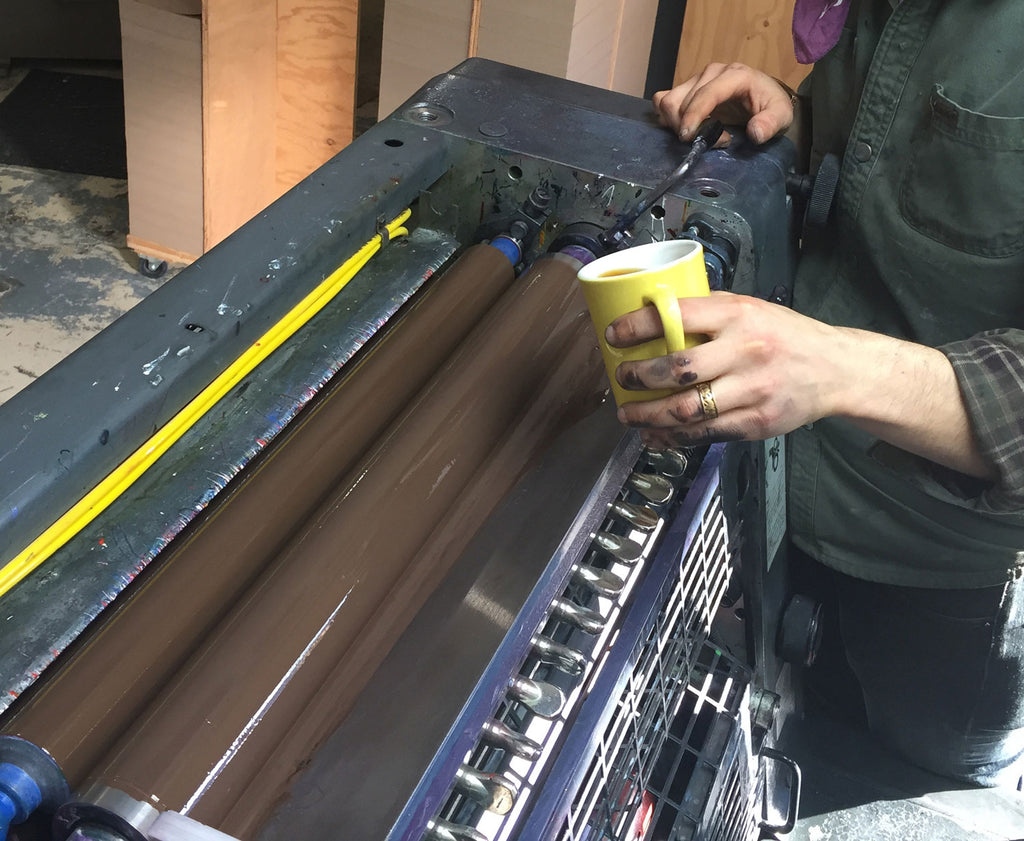
Share this item: